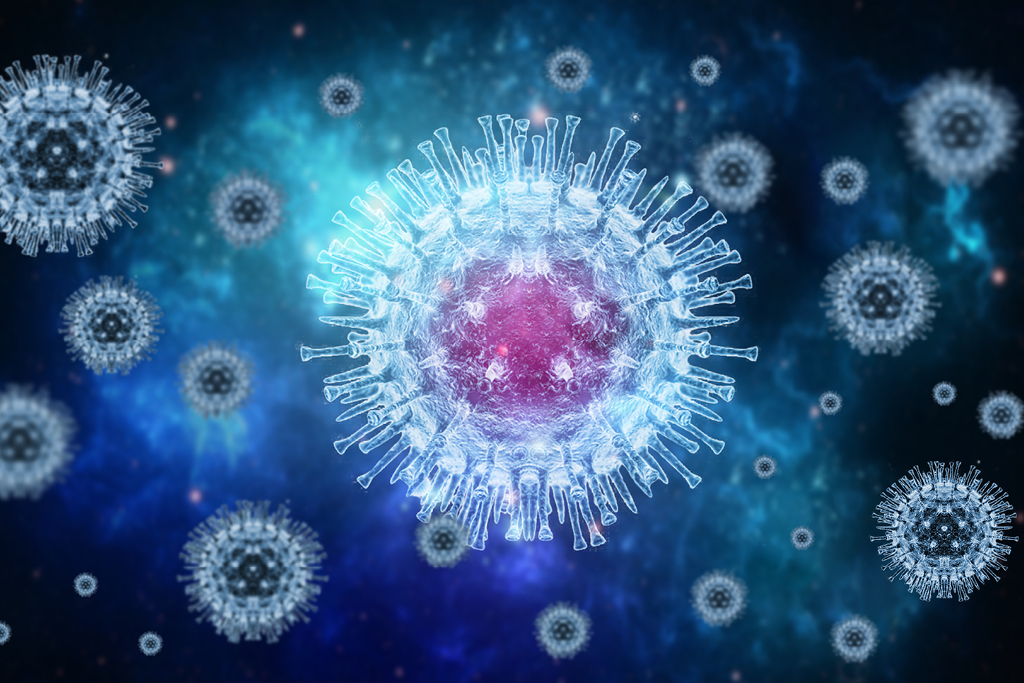
The monkeypox outbreak here in the United States starting in 2022 remains in its early stages with 17,432 cases (as of Aug 22) and recently there was the first reported case locally here in New Hanover County.
How is monkeypox spread?
In most cases it is important to focus on how the virus is primarily spread which is through direct contact with infectious material.
DIRECT CONTACT: The primary means of spread of the monkeypox virus is through direct contact with infectious body fluid, scabs, or sores. This includes sexual activity but other close contact can also spread the virus, particularly if infectious material comes in contact with mucous membranes or non-intact skin.
INDIRECT CONTACT VIA OBJECTS: Monkeypox can also be spread through an individual touching material or other objects that has been in contact with infected body fluids (such as sheets, clothes, soiled bandages).
RESPIRATORY: Monkeypox does not appear to be airborne the same way as other respiratory viruses. However the virus is present in body fluids and with prolonged face-to-face contact it may be spread. Also note that the virus can be present on an object (such as a sheet) and if that object is shaken or otherwise disturbed it is possible to have the virus present in the air for a period of time.
MOTHER TO BABY: This is known as vertical transmission and is possible, although the risk by trimester is not known.
How long can monkeypox last?
The incubation period is typically 5 to 13 days but the range is 4 to 21 days.
What are the symptoms of monkeypox?
The initial symptoms which typically last up to five days are similar to other viruses with severe flu like symptoms including fevers, headaches, swollen lymph nodes, back pain, muscle aches and fatigue.
After the initial symptoms typically within four days of fever the rash appears. The rash can persist for two to three weeks and can be very few in number or widespread over the body. The lesions will typically start at 5 mm or less, then progress over time becoming large pustules. The rash lesions will then eventually crust over, dry, and fall off which occurs 7 to 14 days after the start of the rash.
How can I prevent monkeypox?
Infection control is very important to precent the spread of monkeypox.
IN THE HOSPITAL OR DOCTOR OFFICE:
It is crucial to not have anyone come in direct contact with any of the lesions. In addition for any person with active lesions they should have all lesions covered, wear a medical mask, and not spend time in common areas where the virus could be inadvertently spread by contaminating objects others may come in contact with.
PERSONAL PROTECTIVE EQUIPMENT:
Wearing appropriate equipment when assisting with the care of any person infected with monkeypox can help prevent the spread of the virus. Wearing gown, gloves, eye protection, and an N95 mask can help prevent the spread of the virus.
ENVIRONMENTAL CLEANING:
Rooms must be cleaned thoroughly with an appropriate agent for killing any virus that may be present. Wet cleaning is recommended as dusting, fans, or vacuums could disperse dried infectious material making it airborne.
WORK RESTRICTIONS:
Most persons with an exposure to monkeypox will not need to have any immediate work restrictions. However anyone who is exposed needs to monitor for any symptoms for 21 days (as above the incubation period can be up to 21 days after exposure):
If symptoms such as fever, body aches, headaches, or swollen lymph nodes develops after exposure that person should isolate for at least five days to make sure rash does not develop; if the person goes five days with symptoms resolving, no new symptoms, and no rash can then end isolation.
If any rash develops that person should be enter isolation immediately and be evaluated for monkeypox.
How long is a person contagious?
Any person with monkeypox is contagious for a period of weeks beginning with the first symptoms and ending when all lesions have crusted, fallen off, and healthy skin is present.
See up-to-date information from the Centers for Disease Control and Prevention.
Find vaccine locations in the area and updates from the North Carolina Department of Health and Human Services.

Written by Matthew Sincock, MD
